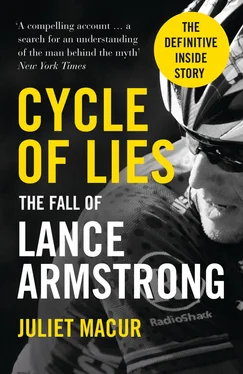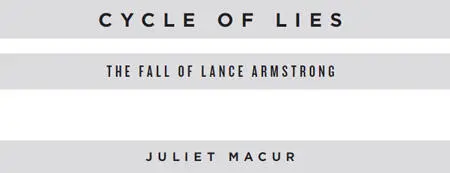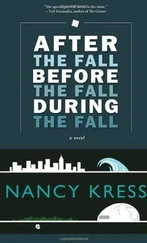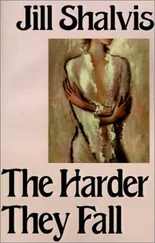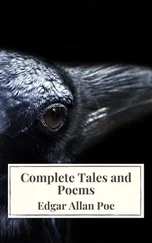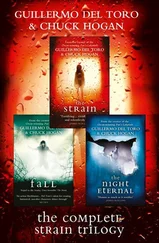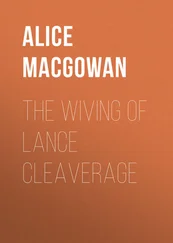
To my two greatest loves, Dave and Allegra To my heroes, Mama and Tata
This is my body. And I can do whatever I want to it. I can push it, study it, tweak it, listen to it. Everybody wants to know what I’m on. What am I on? I’m on my bike, busting my ass six hours a day. What are you on?
—LANCE ARMSTRONG
CONTENTS
Cover
Title Page
Dedication
Epigraph
Prologue
Part One: Lies of the Family
Chapter 1
Chapter 2
Chapter 3
Part Two: Lies of the Sport
Chapter 4
Chapter 5
Chapter 6
Chapter 7
Chapter 8
Chapter 9
Part Three: Lies of the Media
Chapter 10
Chapter 11
Chapter 12
Part Four: Lies of the Brotherhood
Chapter 13
Chapter 14
Part Five: Lies of the American Hero
Chapter 15
Chapter 16
Chapter 17
Chapter 18
Chapter 19
Chapter 20
Part Six: The Truth
Chapter 21
Chapter 22
Chapter 23
Chapter 24
Chapter 25
Epilogue
Picture Section
Notes
Selected Bibliography
Index
Acknowledgments
About the Author
Copyright
About the Publisher
The $10 million estate of Lance Armstrong’s dreams is hidden behind a tall, cream-colored wall of Texas limestone and a solid steel gate. Visitors pull into a circular driveway beneath a grand oak tree whose branches stretch toward a 7,806-square-foot Spanish colonial mansion.
The tree itself speaks of Armstrong’s famous will. It once was on the other side of the property, fifty yards west of this house. Armstrong wanted it at the front steps. The transplantation cost $200,000. His close friends joke that Armstrong, who is agnostic, engineered the project to prove he didn’t need God to move heaven and earth.
For nearly a decade, Lance Armstrong and I have had a contentious relationship. Seven years have passed since his agent, Bill Stapleton, first threatened to sue me. Back then, I was just one of the many reporters Armstrong had tried to manipulate, charm or bully. Filing lawsuits against writers who dared challenge his fairy-tale story was his quick-and-easy way of convincing people that writing critically about him wasn’t worth it. Over the years, he came to consider me an enemy, one of the many he and his handlers had to keep an eye on.
Only now, after he has fallen, have we agreed to something approaching a truce. Though he’d deny it, I know that he has chosen to sit down with me because he thinks he might be able to control the direction of my book. No chance, I’ve told him. After multiple criminal and civil investigations into whether Armstrong orchestrated a sophisticated doping regime to win seven Tour de France titles; after all the testimonies from riders who knew him better than anyone else, and who contradicted under oath every public defense Armstrong had ever given; after he lied, lied and lied some more, the most notorious athlete of our generation realizes I’m suddenly holding a lot of rope. And I realize that, even now, he imagines himself to occupy a position of almost absolute power.
“You can write what you want,” he tells me in one of our many conversations. “But your book is called Cycle of Lies ? That has to change.”
I’ve interviewed him one-on-one in five different countries; on team buses that smelled of sweat-soaked Lycra at the Tour de France, in swanky New York City hotel rooms, in the backs of limos, in soulless conference rooms; and for hours by telephone.
Now, in the spring of 2013, after his whole world has come crashing down and moving trucks are en route to dismantle his beloved estate, I’ve come to visit him at home in Austin, Texas, for the first time.
Yes, fine, come on out, he said. Beset by endless obituaries of his celebrated (and now fraudulent) career, he wanted to ensure that I wrote “the true story.”
So here I am parking beneath the grand oak that Armstrong had moved because, why not? I look at the house and think of his yellow jerseys. A month after the United States Anti-Doping Agency released 1,000 pages of evidence against Armstrong and stripped him of his Tour titles, he had Tweeted a photo of himself lounging, arrogance itself, on an L-shaped couch in this house, his seven yellow jerseys hanging ceremoniously behind him: “Back in Austin and just layin’ around.” That was November 2012. Seven months later, will I find him still defiant?
Before I can pull the keys from my car’s ignition, a cherubic face under tousled, curly brown hair appears at my window and two small preschooler hands slap the glass. It’s Lance’s youngest son, Max.
Armstrong stands behind him in flip-flops, wearing a black T-shirt over black basketball shorts that brush his scarred knees. His eyes are hidden by dark sunglasses.
“Say hi to Juliet, Max,” Armstrong says.
“Hi, Joo-leee-ette!” Max says. Then he turns to his dad and asks for ice cream, a request that makes his father giggle, something I’d never seen him do before.
“Yes, you get ice cream,” Armstrong says. “You’ve been good, buddy, really good.”
We walk up the front steps until Armstrong stops at the door. He moves his eyes to the tree, the house, the life he has enjoyed.
“Great place, right?” he says.
“Yes,” I say, “are you going to miss it?”
Armstrong doesn’t want to move, he has to. His sponsors have abandoned him, taking away an estimated $75 million in future earnings. He would owe more than $135 million if he were to lose every lawsuit in which he is a defendant. To “slow the burn rate,” as he calls it, he has stopped renting a penthouse apartment on Central Park in Manhattan and a house in Marfa, Texas. Next to go is this Austin estate, traded in for a much more modest abode near downtown.
His former sponsors—including Oakley, Trek Bicycle Corporation, RadioShack and Nike—have left him scrambling for money. He considers them traitors. He says Trek’s revenue was $100 million when he signed with the company and reached $1 billion in 2013. “Who’s responsible for that?” he asks. “Fucking right here.” He pokes himself in the chest with his right index finger. “I’m sorry, but that is true. Without me, none of that happens.”
After his sponsors cast him aside, he tossed their gear. There’s a chance you could catch a glimpse of one of his Dallas friends wearing Armstrong’s custom-made yellow Nike sneakers, with “Lance” embroidered in small yellow block letters on the shoes’ black tongues. A Goodwill outlet in Austin is replete with his former Nike clothes and Oakley sunglasses. The movers, who packed up his guesthouse a week before I visited, will have to contend with whatever brand-name gear is left in his garage: black Livestrong Nike caps, black Nike duffel bags with bright yellow swooshes, Oakley lenses and frames and a box of caps suggesting “Yes on Prop 15,” a 2007 Texas bond plan for cancer research, prevention and education supported by Armstrong.
It was 1989 when Armstrong moved to Austin from Plano, a suburb of Dallas, showing up in this progressive town as a rough, combative and pimply-faced teenager, with frosted wavy brown hair, a gold hoop in his pierced left ear, a silver chain around his neck with a dangling pendant in the shape of Texas, and a fake ID.
Читать дальше
